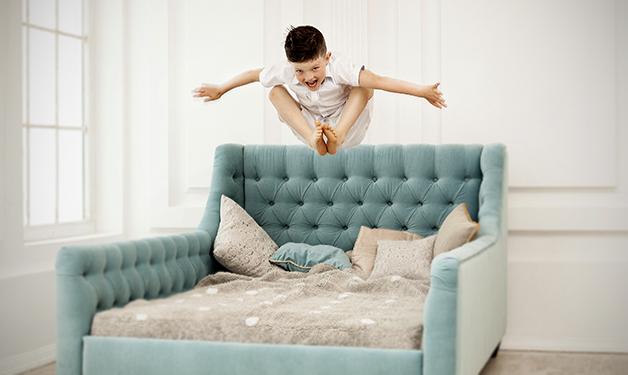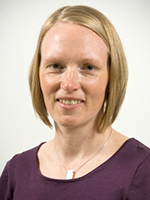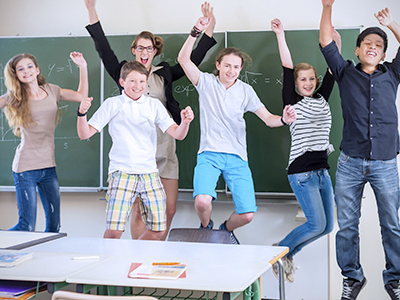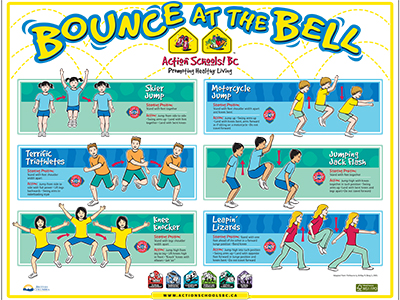
New tools for measuring bone structure and strength show benefits of weight-bearing physical activity.
Parents and kids can officially jump for joy, knowing that physical activity such as jumping may actually be doing children's bones a world of good. A study co-authored by Vancouver Coastal Health Research Institute scientist Dr. Heather Macdonald found that weight-bearing physical activity, such as simple jumping activities or organized sports like gymnastics, enhanced bone strength in children.

“A little physical activity goes a long way when it comes to bone health,” says Dr. Macdonald, researcher at the Child & Family Research Institute and the Centre for Hip Health and Mobility (CHHM) and assistant professor in the Department of Orthopaedics at the University of British Columbia (UBC). “We don’t yet know the best exercise prescription for building bone strength, but it seems that just short bouts of high-impact activities like jumping jacks are effective. And overall, we know that weight-bearing physical activity is essential to ensuring that a child’s skeleton develops optimally.”

Published in the Journal of Bone and Mineral Research, the study was a systematic literature review led by UBC PhD candidate Vina Tan and CHHM director Professor Heather McKay. The study served as a comprehensive evaluation of existing research to find how physical activity influences bone strength in children and adolescents. Most previous studies looking at the relationship between physical activity and healthy bones in children used the clinical tool dual energy X-ray absorptiometry (DXA) to measure bone mass. While these studies have clearly shown the positive effect that physical activity has on bone health during growth, newer 3D imaging tools at CHHM allow researchers to examine how bone structure and density change in response to physical activity and how these changes influence bone strength.
“From a lifespan approach, bone strength is the ‘bottom line’ when it comes to fracture prevention,” says Dr. Macdonald.
“We’re interested in how we can enhance bone strength during growth as a means to prevent bone fracture later in life.”
Schools are getting kids jumping for bone health
According to the team’s findings, small changes in a bone’s structure in response to weight-bearing physical activity, like gymnastics, contributed more to gains in bone strength than increases in bone mass. Participation in gymnastics appeared to have substantial benefits for children’s bone strength because of the diverse and high-impact loads taken on by lower and upper limbs through the varied movements.
Dr. Macdonald and her colleagues have developed physical activity programs such as Bounce at the Bell, in which children do a short series of easy jumping exercises at the sound of the school bell throughout the day. The program has been adopted by B.C. schools as part of Action School! BC.
“Doing Bounce at the Bell three times a day requires less than five minutes of classroom time,” explains Dr. Macdonald. “In a separate study, our evaluation found that children in schools that did Bounce at the Bell gained more bone strength over the course of one school year compared with children that didn’t do the jumping program.”
The team’s research also showed that adaptations in bone structure and strength were most often observed in pre- and peri-pubertal children, but very few studies have been done with older adolescents.
“There potentially is a window of opportunity in this pre- and peri-pubertal time when bone is most responsive to physical activity,” Dr. Macdonald says.
“This is not to say that once you pass that window you can’t experience the benefits of physical activity, but pre- and peri-puberty is likely when physical activity has its strongest influence on bone health.”



